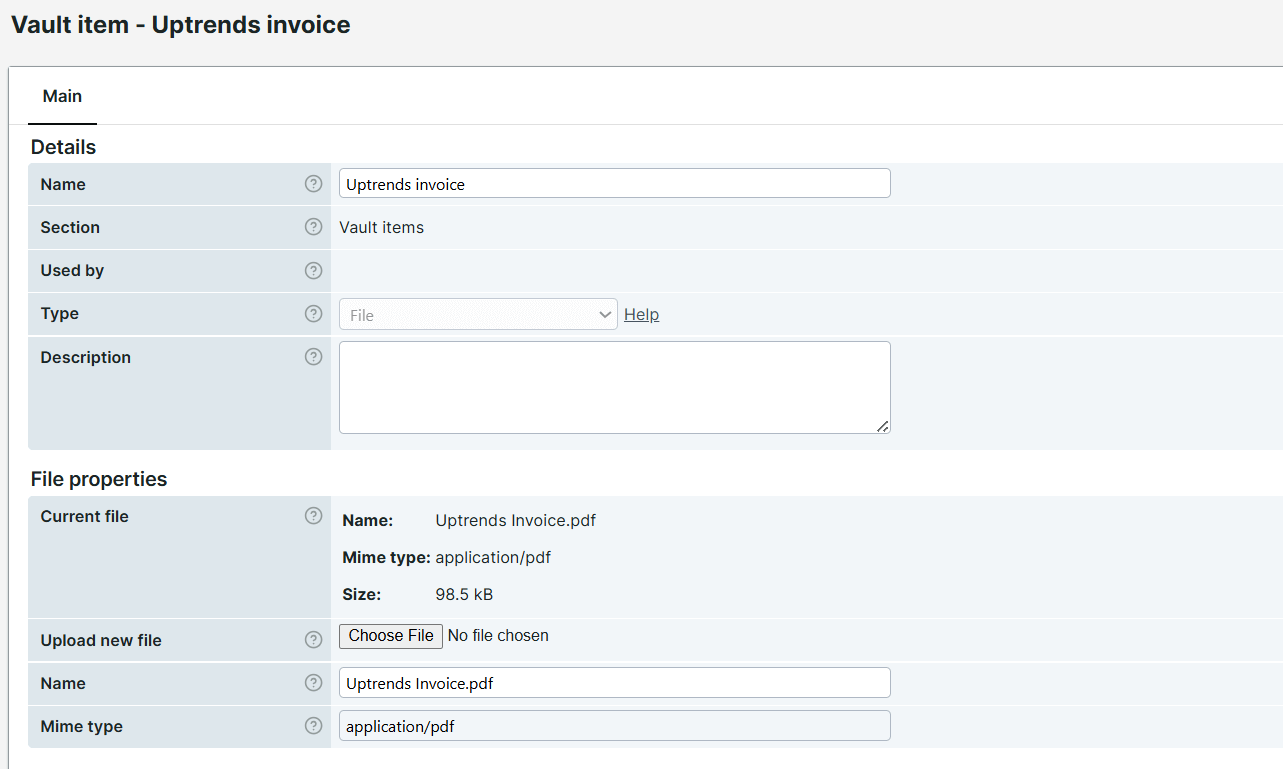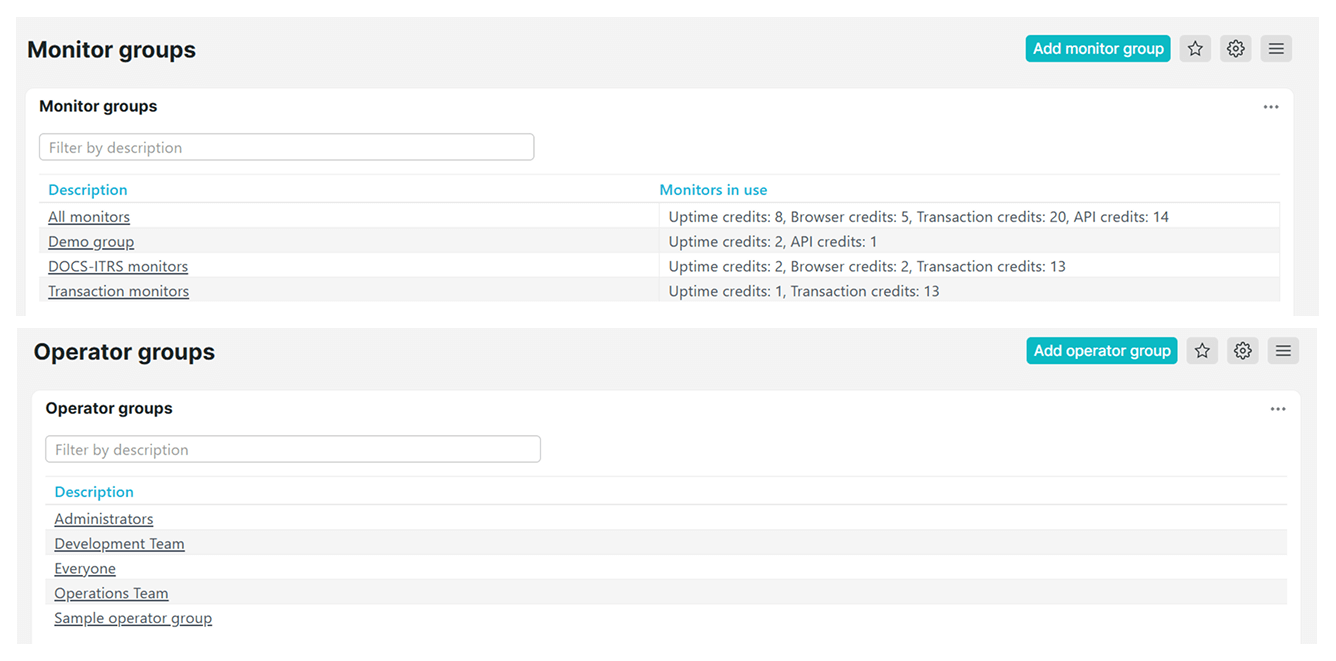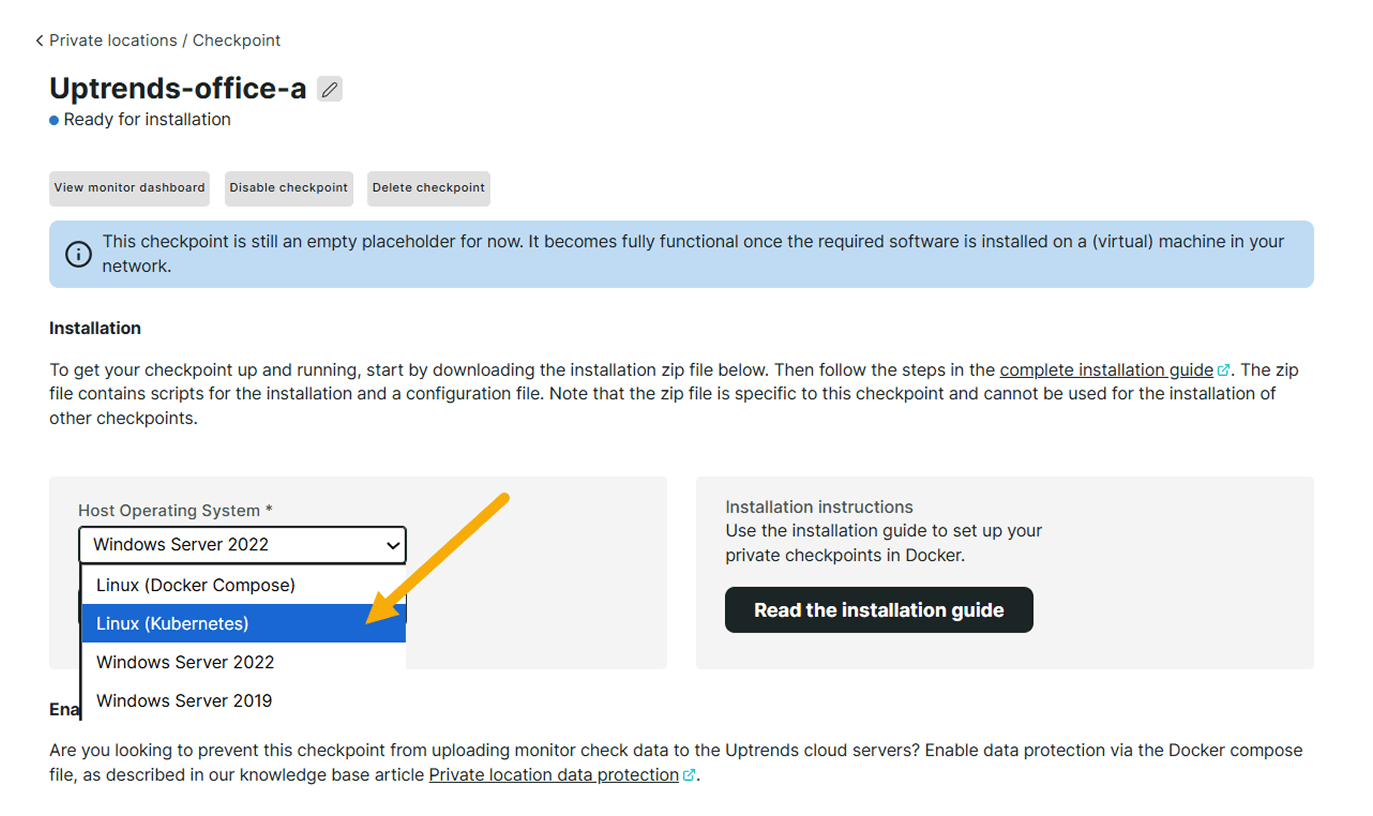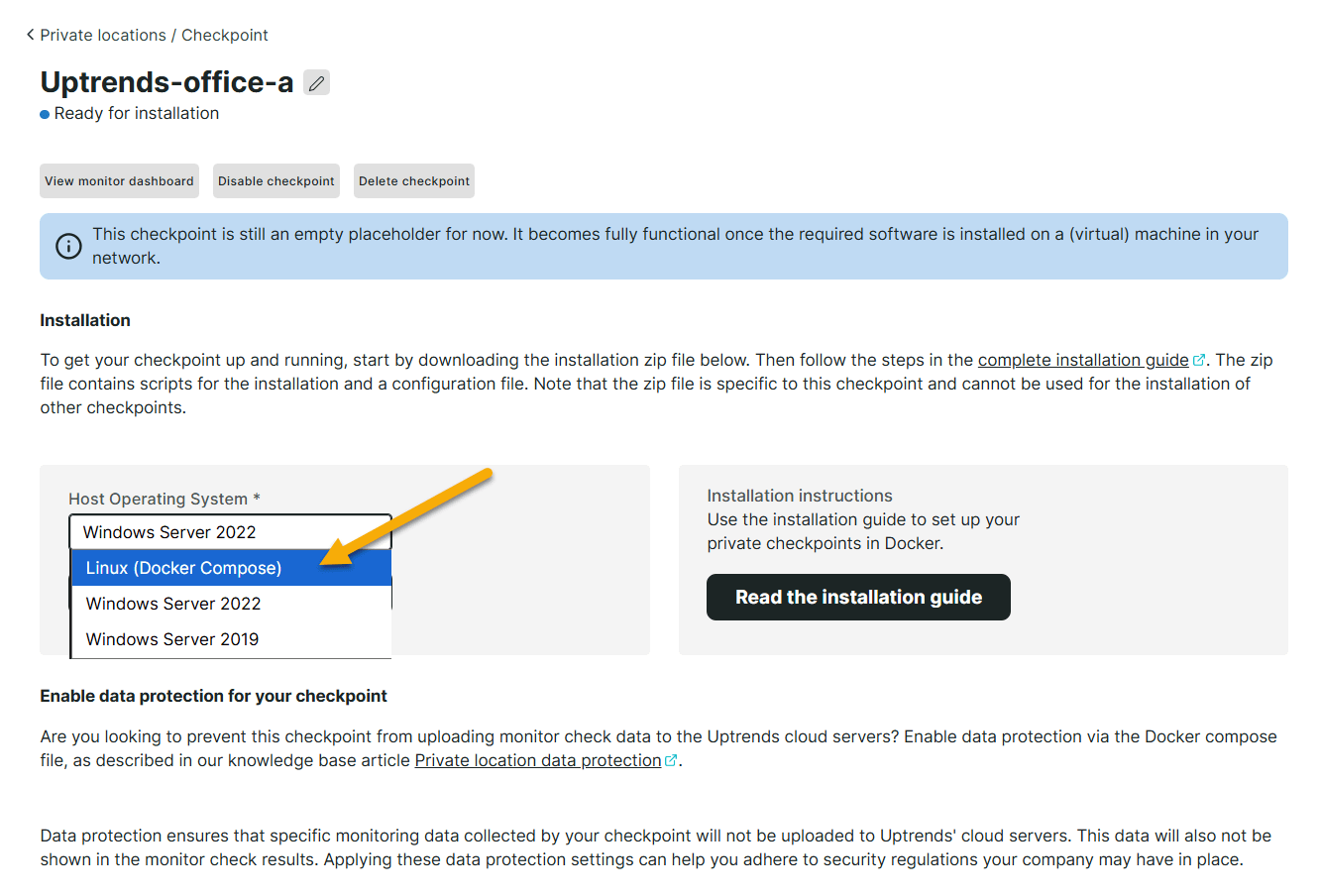UPDATE
DEC 2025
#Vault items now support larger files
The file size limit for vault items has been increased from 2 MB to 5 MB. You can now store larger files and use them in your monitoring workflows, such as testing for file uploads and validating user journeys for transaction monitors.
Read more



